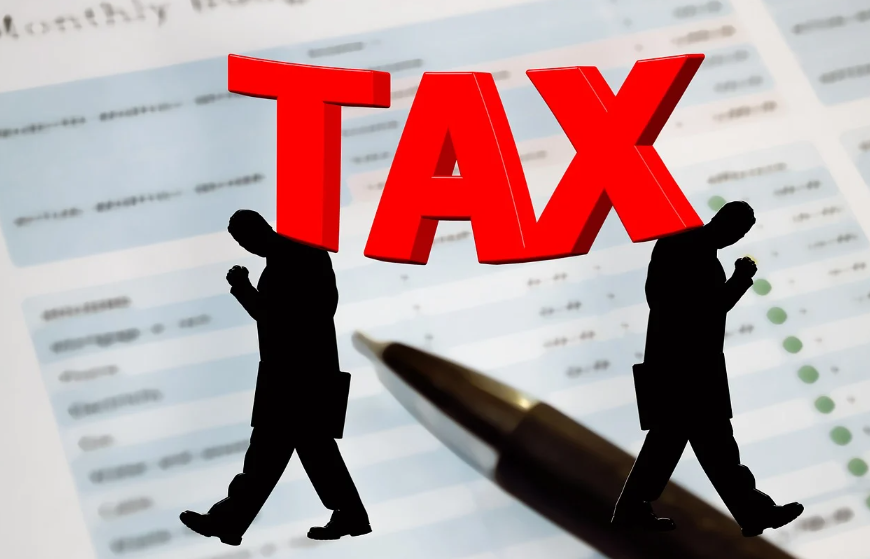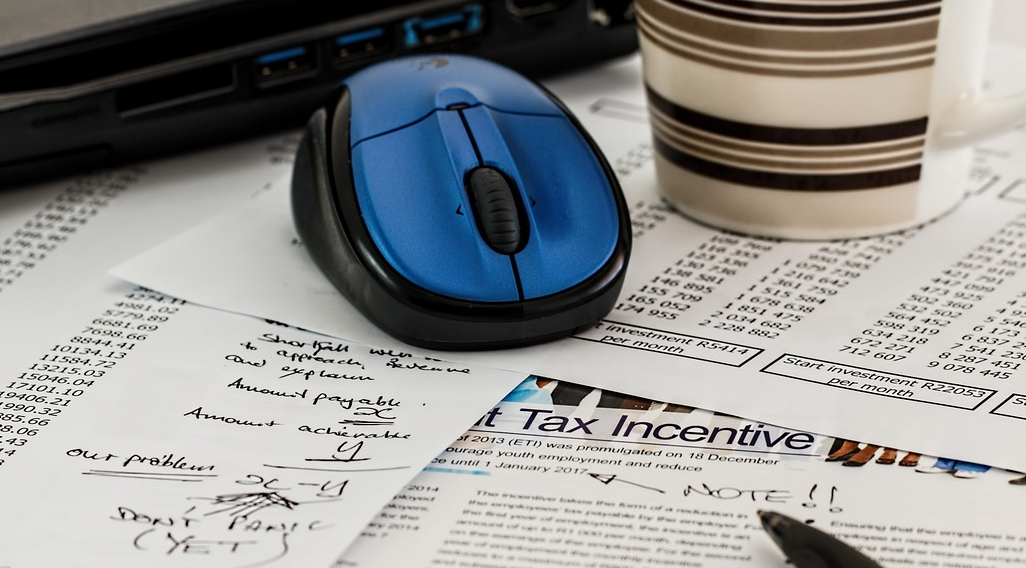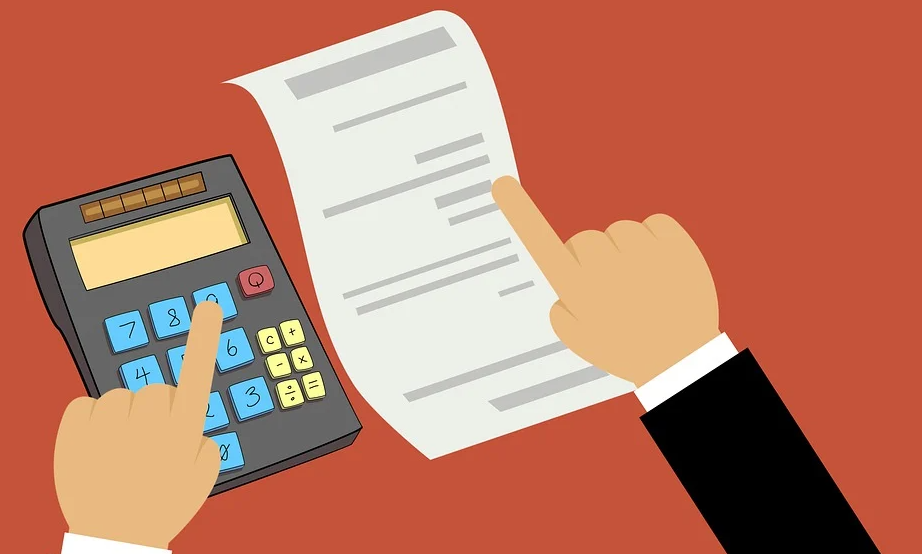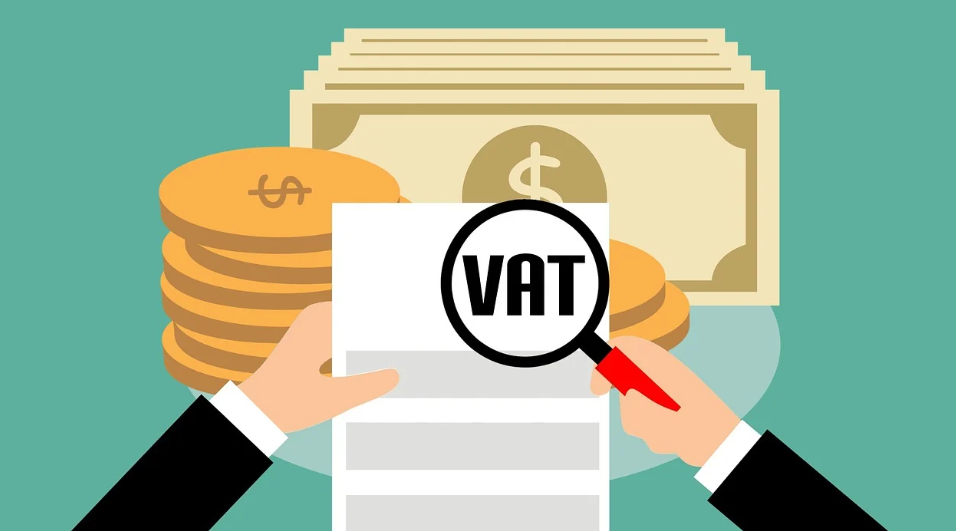Introduction
In the UK, a tax known as Value Added Tax (VAT) is applied to the sale of goods and services. From manufacture to the final sale, VAT is assessed at each point in the production and distribution chain where value is added. The final consumer is responsible for paying the tax, even though businesses collect it.
VAT applies to both UK-based businesses and overseas businesses supplying goods or services to the UK. Any business that meets the criteria must register and comply with VAT obligations.
Why is VAT registration mandatory for certain businesses?

VAT registration is a legal requirement to ensure businesses collecting VAT on behalf of the government are compliant with UK tax laws. Companies that reach the turnover criteria are required to sign up for:
- Legally charge VAT on sales
- Reclaim VAT on eligible business purchases
- Avoid financial penalties for non-compliance
If you continue trading after crossing the threshold without registering, HMRC can impose heavy fines, charge VAT retrospectively, and add interest to overdue amounts.
What is the UK VAT registration threshold?
The required VAT registration level is £90,000 as of 2025. Instead of being tracked by calendar year, this is done on a rolling 12-month basis. You must monitor your turnover regularly to ensure you don’t exceed this amount without noticing.
If you expect to go over the threshold in the next 30 days alone, you must also register. Voluntary registration is also possible and may benefit businesses with many VAT-chargeable expenses.
Who qualifies as an overseas business for VAT purposes?
An overseas business is one that:
- Lacks a commercial establishment in the UK
- Sells directly to UK customers
- Makes use of UK fulfillment centers (like Amazon FBA)
Regardless of the number of sales, these companies are required to register for VAT if they store or sell products in the UK. This ensures a level playing field between domestic and international sellers.
When must a UK business register for VAT?
In the UK, a business must register for VAT if;
- Over 12 months, its taxable turnover surpasses £90,000.
- It expects to exceed the threshold in the coming 30 days
- It acquires goods worth over £90,000 from the EU in any 12 months
Monitoring your rolling turnover is essential to stay compliant. Penalties and retroactive VAT charges may result from postponing registration.
What counts towards the VAT threshold?
You must include the following when calculating taxable turnover:
- Sales of standard-rated goods and services
- Sales of reduced-rate goods and services
- Zero-rated goods and services
- Business gifts or bartered goods
- Services from outside the UK (reverse fee applicable)
- Use of business goods for personal reasons
This comprehensive approach ensures accurate reporting and timely registration.
What is the VAT liability for foreign sellers and ecommerce businesses?

Foreign sellers have VAT liability in the UK if:
- They store goods in the UK for sale
- Sell directly to UK consumers
- Provide digital services to UK individuals
These sellers must register even if using marketplaces like Amazon or eBay. If they sell directly or through multiple platforms, they must account for all their sales to determine their registration requirement.
Do online marketplaces trigger VAT registration obligations?
Yes. While some marketplaces collect VAT on behalf of the seller, the seller still has responsibilities, including:
- Keeping accurate sales records
- Registering for VAT if they are not exempt from it due to market circumstances
- Complying with UK VAT filing requirements
In essence, using a marketplace does not automatically exempt a seller from VAT registration duties.
What documents are required for VAT registration?

To register for VAT, gather these documents:
- The registration number if the company is a limited corporation
- The National Insurance Number, or UTR (Unique Taxpayer Reference),
- Business bank account details
- Business address and contact information
- Description of business activities and estimated turnover
- Date when the threshold was or will be crossed
Having these documents ready ensures a smooth and fast registration process.
How to apply for VAT online via HMRC?
To register for VAT:
- Visit GOV.UK – Register for VAT
- Sign in to your Government Gateway account
- Complete the VAT1 application form
- Upload supporting documents if required
- Submit the application
You’ll receive confirmation and your VAT number once the application is processed.
How long does the VAT registration process take?
Usually, it takes up to 14 business days.
- HMRC could get in touch with you for more details.
- A certificate of VAT registration attesting to the following will be sent to you:
- Your VAT number
- The effective date of registration
- Your first VAT return due date
You must start charging VAT from the effective date, even if the number hasn’t been received yet.
What happens after VAT registration?

What is a VAT number, and how is it issued?
Businesses that are VAT-registered are uniquely identified by their VAT number. It has 9 digits sometimes it has the prefix “GB” added. HMRC issues it after successful registration. You must display it on:
- Invoices
- Business websites
- Receipts and communications
This number legitimises your VAT-registered status and allows for the correct filing and reclaiming of VAT.
What are your ongoing VAT obligations?
Post-registration, you must:
- Maintain accurate digital records in accordance with the Making Tax Digital requirements.
- Submit VAT returns every 3 months (quarterly), unless under an alternative scheme
- Pay HMRC the VAT owed by the deadline.
- Maintain documentation for a minimum of six years.
- Update HMRC if your details change
Compliance helps avoid inspections and financial penalties.
What are the penalties for late or incorrect VAT registration?
Failing to register for VAT on time or providing inaccurate information can result in significant consequences from HMRC. The purpose of these fines is to guarantee equity in the tax system and promote compliance.
Penalties for late registration:
Should you meet the requirements for VAT registration but put off applying:
- HMRC will demand that you pay VAT on all taxable sales since the day you were supposed to register.
- Even if you didn’t charge VAT at the time, you must still account for it and pay it out of your profits.
- VAT charges to consumers cannot be retroactively applied unless invoices are reissued.
Financial penalties:
HMRC applies a percentage penalty on the VAT owed, depending on how late you register:
| Delay Period | Penalty Rate |
| Up to 9 months | 5% of VAT due |
| 9 to 18 months | 10% of VAT due |
| Over 18 months | 15% of VAT due |
These fines are on top of the VAT that is due. HMRC may levy harsher fines and open an inquiry if they suspect the delay was intentional.
Penalties for incorrect information:
On your VAT registration or returns, giving erroneous or misleading information may also result in:
- Penalties for inaccuracies
- Assessments for underpaid VAT
- Criminal prosecution in severe cases
The severity of the penalty depends on whether HMRC believes the following was at fault:
- Careless (intended, yet resulting from a lack of appropriate caution)
- Deliberate but not concealed
- Deliberate and concealed
Always double-check the accuracy and completeness of the information you enter.
What are the common mistakes to avoid when registering for VAT?

Avoiding errors during VAT registration is crucial to prevent delays, penalties, and future complications with HMRC.
The most common mistakes and advice for preventing them are as follows:
-
Not tracking taxable turnover properly:
Many small businesses fail to monitor their rolling 12-month turnover, especially during rapid growth. This leads to missing the registration threshold and incurring late registration penalties. Use accounting software or a manual log to track turnover monthly.
-
Delaying registration intentionally:
Some businesses delay registration to reduce VAT liability or due to cash flow concerns. This tactic, however, backfires since, even in cases where VAT was not collected from clients, HMRC would still demand VAT payments from the registration effective date.
-
Incorrect or incomplete registration details:
Providing wrong business details, such as an incorrect trading name, wrong business address, or inaccurate contact information, can delay the processing of your VAT application. Always double-check the data you provide.
-
Ignoring VAT schemes that could help:
Many businesses don’t research available VAT schemes, such as:
- Use the Flat Rate Scheme to make paying VAT easy.
- Annual Accounting Scheme – for fewer returns
- Scheme for Cash Accounting: for VAT on cash received instead of bills
Choosing the right scheme can save time and improve cash flow.
-
Assuming marketplaces handle everything:
International vendors frequently believe that websites such as Amazon or eBay take care of all VAT requirements. While these marketplaces may collect VAT on some sales, you are still responsible for:
- Ensuring registration, if required
- Filing VAT returns
- Maintaining correct records
-
Lack of preparation with documents:
Missing or incorrect documents can delay VAT registration. Ensure you have:
- Your business bank account details
- Company registration or sole trader information
- An accurate description of your business activity and forecasted turnover
Thorough preparation avoids unnecessary delays.
Avoiding these common mistakes will streamline your VAT registration and ensure your business remains compliant with UK tax regulations.
How much does it cost to register for VAT in the UK?
- VAT registration is free when done directly with HMRC.
- Optional costs include:
- Accountant services (£100–£300) to guide and file on your behalf
- Digital VAT software (£8–£20/month) to comply with MTD
- Third-party registration services that charge a fixed fee (e.g., £39.99+VAT)
These are optional, and many small businesses register on their own successfully.
Conclusion
How to register for VAT in the UK successfully – For expanding enterprises, VAT registration is crucial. Whether you’re based in the UK or overseas, compliance ensures smooth operations and avoids HMRC penalties. Follow the steps carefully, use available resources, and stay up to date with your VAT duties. Professional support is available if needed.
FAQs
Can I voluntarily register for VAT even if I am below the threshold?
Yes, any business can register voluntarily. Benefits include:
- Claiming back VAT on purchases
- Building credibility with suppliers and customers
- Preparing for future growth
However, you must also handle the admin work, such as regular returns and payments.
Can I backdate my VAT registration?
Indeed. You can ask for a backdated registration if you neglected to apply or put it off. You’ll need to:
- Justify why registration was delayed
- Pay any VAT due from that date
- Submit VAT returns covering the backdated period
HMRC may accept or reject the backdate depending on your reasoning.
What if I stop trading—do I need to deregister?
Yes. You must inform HMRC if:
- You stop making taxable supplies
- Your business closes permanently
- You switch structures or join a VAT group.
Deregistration is straightforward and can be done online. A final VAT return is required.
I’m Laura Wilson, a passionate blogger and content creator with a deep interest in business, finance, and entrepreneurship. I’ve had the opportunity to write for several premium blogs, sharing insights & practical advice for individuals & small businesses. I’m the founder and publisher of ukbusinessmag.co.uk, where I focus on creating valuable, easy-to-understand content to help UK startups & SMEs grow.



